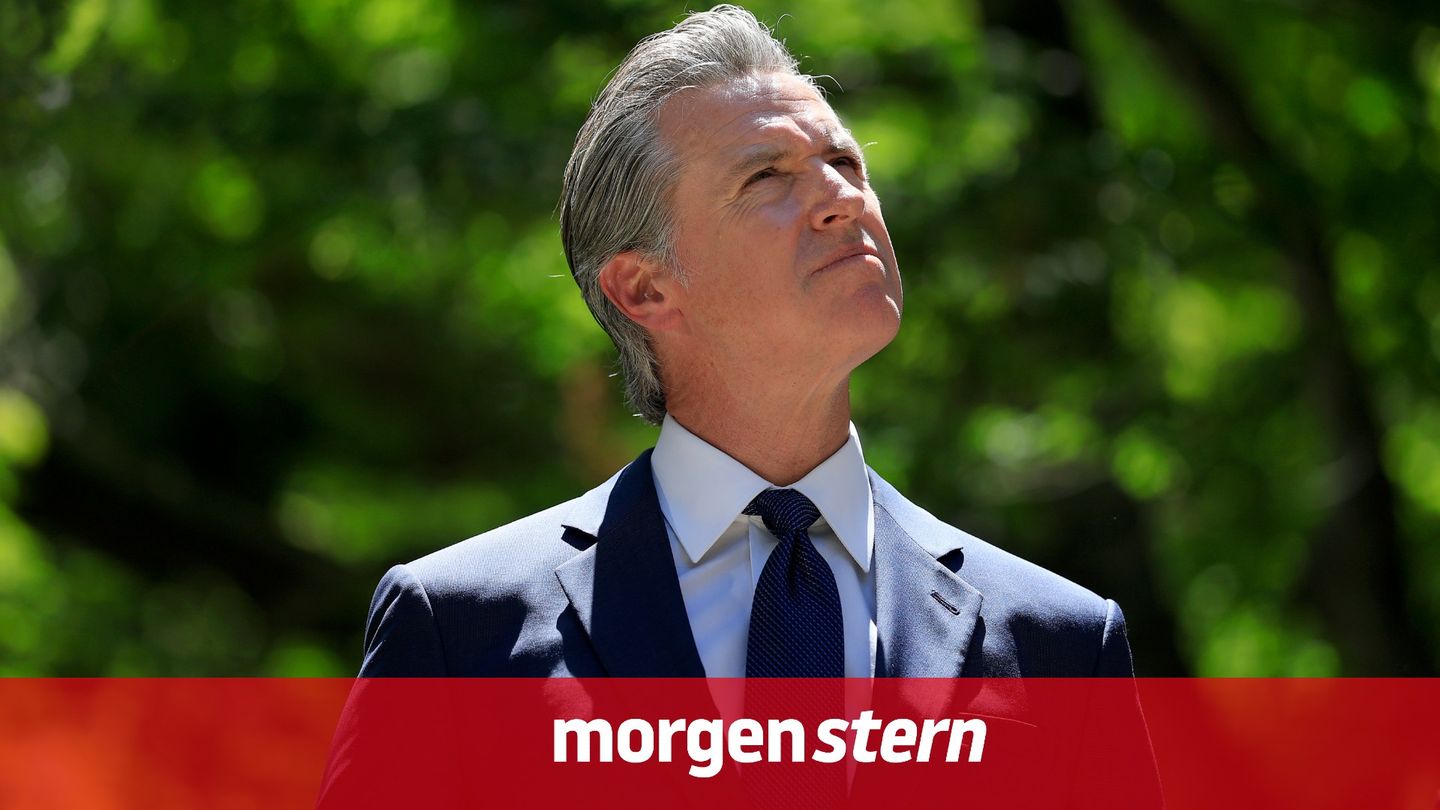Image: APA Graphic
Consumer prices rose by 2.6 percent year-on-year in May, as the EU statistics office Eurostat announced on Friday in an initial estimate. Economists had expected 2.5 percent. In April, the rate was still at 2.4 percent. Core inflation, which excludes the volatile prices of energy and food as well as alcohol and tobacco, rose to 2.9 percent, after 2.7 percent in April. In Austria, the harmonized consumer price index (HICP) was once again significantly above the eurozone average at 3.3 percent.
- Read more: ECB Vice President: “We must not be complacent” [OÖNplus]
According to economists, the new data will not throw the ECB off course. “The ECB will overlook this and loosen interest rates a little next week,” said economist Bastian Hepperle of Hauck Aufhäuser Lampe Privatbank, commenting on the data. “Although the inflation rate is still slightly above the two percent target, the more important factor is the favorable inflation outlook,” said the expert.
“ECB will lower key interest rates”
Thomas Gitzel, chief economist at VP Bank, is also certain: “The ECB will cut the key interest rate by 25 basis points next Thursday, regardless of inflation developments in May,” he said. The key interest rate at which banks can obtain fresh money from the ECB is currently 4.5 percent. “That is, in a way, set in stone.” However, given the rise in the core inflation rate, it remains questionable whether the significant interest rate cuts originally expected will come about.
From the point of view of Italy’s central bank chief Fabio Panetta, the May data is no surprise. The rise in the inflation rate to 2.6 percent in May was expected, the ECB council member told journalists in Rome on Friday. The data is “neither good nor bad,” he noted. ECB chief economist Philip Lane said just a few days ago that the ECB could probably remove the highest level of restrictions at the meeting on Thursday. Monetary authorities define a restrictive interest rate as an interest rate level at which an economy is slowed down.
Image: APA Graphic
“}”>
Image: APA Graphic
Source: Nachrichten




